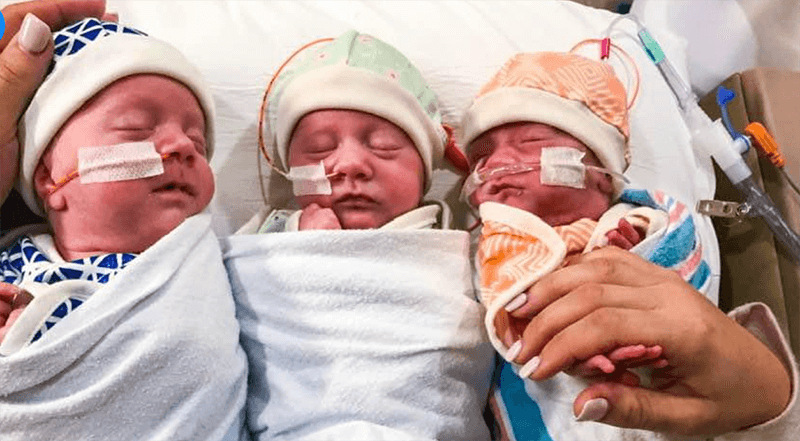
Jesse and Brittany’s Adoption Story
Jesse and Brittany started 2021 off with triplets and grandparents (Brittany’s mom and stepfather) moving in.
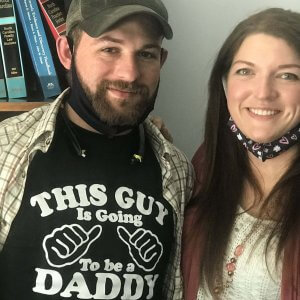 The young married couple has served as foster parents in Montgomery County, N.C. They watched many foster children come in and out of their home from all over the state. While they loved being fostering, they desperately wanted to be parents permanently.
The young married couple has served as foster parents in Montgomery County, N.C. They watched many foster children come in and out of their home from all over the state. While they loved being fostering, they desperately wanted to be parents permanently.
“We always talked about the idea of adoption and became home study approved, licensed foster parents for up to three children. We had no idea when we began this journey what we were getting ourselves into, the connections we would make, and how our lives would forever change,” Brittany said.
After three foster placements, a total of 7 children, the house was quiet again. In Brittany’s words, “We don’t wake up for midnight bottles, the grass is mowed on time and I have time to ride my horses that I didn’t before. It freaking SUCKS.”
More than just missing the activity, noise and laughter, Jesse and Brittany missed loving and caring for young people. They understood the goal in fostering is NOT adoption; it is ALWAYS to provide a safe home for kids until they can reunify with their birth families. “But you can’t help but fall in love and secretly pray that they never ever have to go away,” Brittany added.
The couple reflected on how Jesse’s older brother and his wife made a social media post, it went viral, eventually helping them meet a birth mom who would give them the most loving and selfless gift anyone could ever give, their daughter. They decided to give it a try themselves.
They joined Facebook groups where waiting parents and expectant mothers can join to match up. The problem Brittany found was when an expectant mamma posted, within minutes, there were overwhelming responses by the hundreds from couples across the entire United States.
What stood out to her was that everyone is posting the best versions of themselves. “They all seemed so perfect and while I understand they were trying to show potential birth mom’s their suitability (like a job interview almost) to raise a child placed in their care, I imagine to a mom who is scared and stressed and unsure of herself that these perfect profiles could come across as unrelatable or even make her feel worse about her own position,” Brittany shared. “How can you compete with exotic travel and mansions and all the other things these amazing couples were offering? How can a bio mom narrow down her choices and pick just one family?”
So, Jesse and Brittany tried something different. They began making posts that gave a look into their day-to-day “crazy lives.”Brittany adds, “we wanted to show birth mammas that we don’t totally have everything figured out but that that is okay.”
They posted things like, “We’re stinky farmers most of the time, raising dairy goats, cattle and horses. We pile laundry in the corner sometimes because we are overworked and hate folding, and we clean in a hurry before the cleaning lady arrives, so she doesn’t think we are total pigs. We try to be good people and do the right thing, but we often make mistakes and less than perfect decisions. Jesse and I are trying to figure out this scary world of adulting just like everyone else. Our home is chaotic but overflowing with love and this child will always be our priority in life.”
They would also post about experiences they had as foster parents, such as, “our second placement, was THREE little girls, ages 4, 2 and 9 months (our first placement was two girls, one 10 and the other 9 months). ‘Oh, what’s one more kid’ Right? -WRONG-. We did NOT have two kids before. We had one kid and one tiny adult who could bathe and dress herself. These three were a totally different ballgame. This was Jumanji Level 2. They were fast and they were friendly to EVERYONE including strangers at the store…We needed LEASHES…But they were amazing. Three car seats to buckle in every morning, three girls to dress and do ponytails and put bows on, three dinner plates and three simultaneous snuggles watching movies together.”
The result of their self-marketing efforts was a friend of a friend of a friend putting them in contact with their birth mom, a 35-year-old woman who was expecting triplets. The babies were born prematurely, at 29 weeks, on December 17, two boys and a girl weighing 2 pounds 5 oz, 1 pound 4 oz, and 1 pound 2 oz.
Brittany had been texting back and forth with the birth mother and who finally invited Jesse and Brittany to visit her. On the way, Brittany and Jesse stopped and got the mom a pizza and a chocolate milkshake because they knew she had been craving them after luke-warm hospital food. They opened themselves up to the birth mother sharing their home life and how they felt they could give the triplets a wonderful life.
Relieved, the birth mother decided she wanted Jesse and Brittany to raise her babies. On December 28, the birth mother met with adoption counselor Kelly Dunbar of A Child’s Hope to sign documents for all three babies to be placed with Jesse and Brittany. The birth father signed the next week separately.
At the time of this blog posting, the three angels, Henry, Holly, and Hayden, are spending several weeks in the hospital until they can bottle feed and maintain their temperatures and other vitals without assistance. In addition, Brittany’s parents are moving into the guesthouse to help settle in and care for the babies.
Premature birth comes with added hospital costs as well as the risk that one or more children may have special needs. There are also the added expenses associated with traveling two-hours each way to and from the Neonatal Intensive Care Unit, expanding their small arsenal of baby supplies, as well as the costs of adopting and raising three babies. Jesse and Brittany were hoping for one child but had no hesitation when these three needed parents, and they are ready for the challenge.
To help with medical expenses and the added cost of adoption, Jesse and Brittany have set up a Go Fund Me Page – https://www.gofundme.com/manage/triple-blessings-holy-cow-we-adopted-3-babies.
Also, part of the agency adoption process included making sure they qualify, if they need to apply, for adoption assistance, Medicaid coverage for the triplets and up to $2,400 per child per year for therapy and other services that may be required to address special needs.



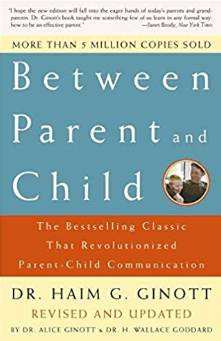

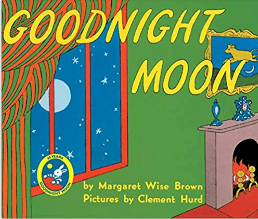
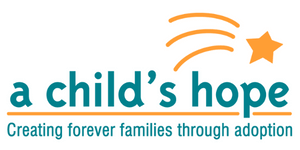

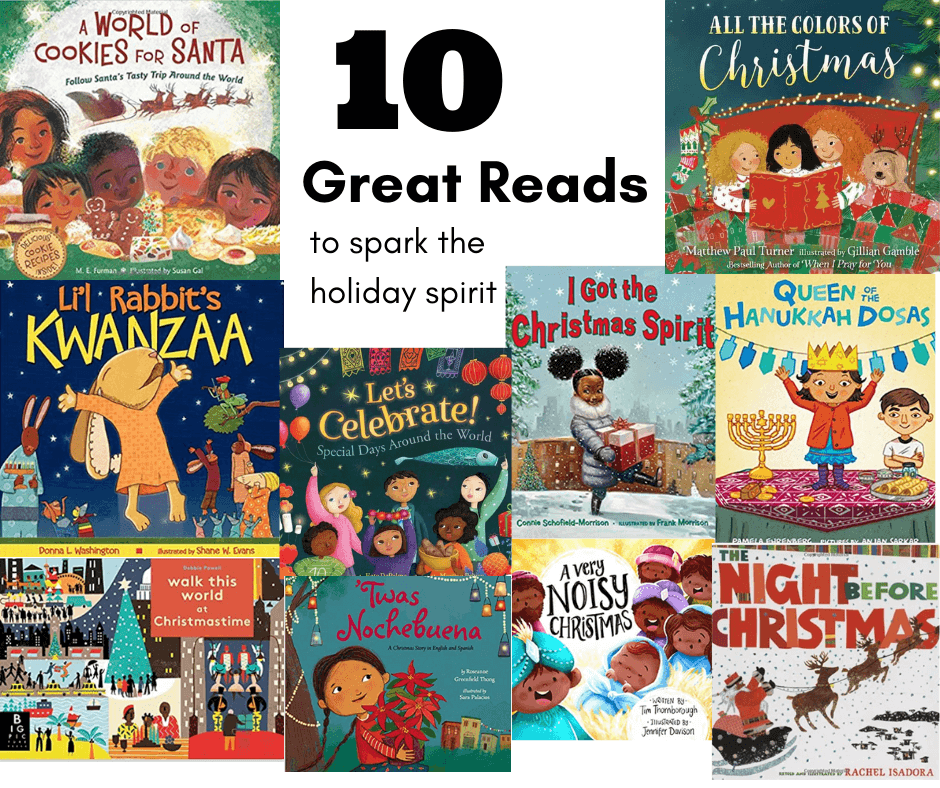 Reading is one of the great pleasures, especially during the holidays. With kids in holiday jammies, sometimes there’s nothing better than kicking back in your favorite spot at home with a celebrated book in hand. A Child’s Hope has a few names of kid reads to spark the holiday spirit — favorites our families have shared throughout the years, add these to all the traditional titles. We know that representation matters, and love that Santa comes in many different colors. Snuggle up with your favorite books this year, and soak in the holiday spirit with family and friends.
Reading is one of the great pleasures, especially during the holidays. With kids in holiday jammies, sometimes there’s nothing better than kicking back in your favorite spot at home with a celebrated book in hand. A Child’s Hope has a few names of kid reads to spark the holiday spirit — favorites our families have shared throughout the years, add these to all the traditional titles. We know that representation matters, and love that Santa comes in many different colors. Snuggle up with your favorite books this year, and soak in the holiday spirit with family and friends. The holidays are full of emotions, even more so when experiencing an unplanned pregnancy. Friends and family that you may not have seen in a while may have questions or well-meaning advice. Preparing yourself ahead of time can help relieve some of the stress during these encounters.
The holidays are full of emotions, even more so when experiencing an unplanned pregnancy. Friends and family that you may not have seen in a while may have questions or well-meaning advice. Preparing yourself ahead of time can help relieve some of the stress during these encounters.
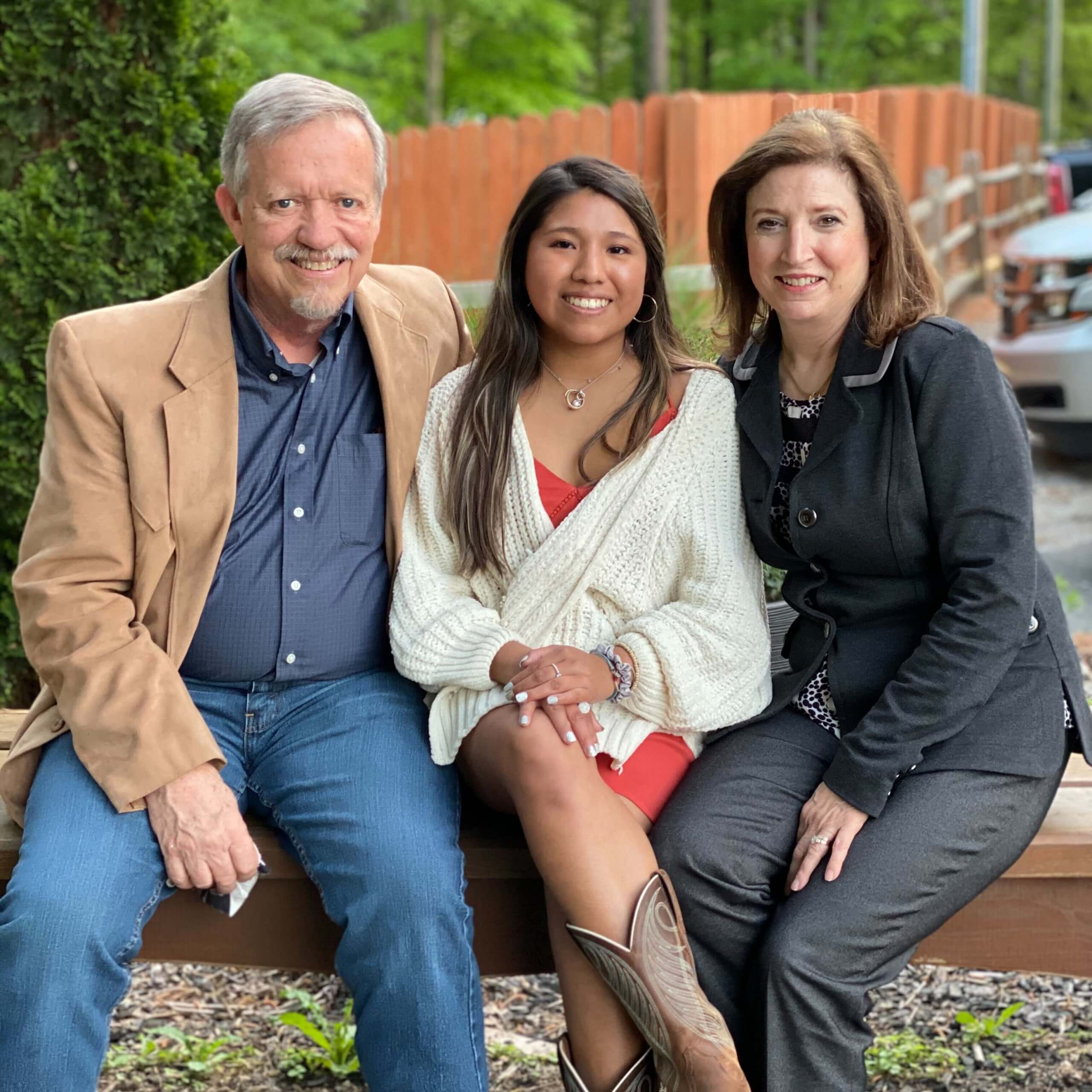 A last-minute call from the agency is where this story starts back on Easter weekend 2000. Her parents, Brian and Karen Perry received a call about a newborn Hispanic girl at the hospital needing a home. The couple quickly left the beach where they were spending the holiday weekend to begin their journey to become parents without much information. As the couple arrived, the birthmother was waiting at the hospital with her baby girl. At that time, there was no Spanish-speaking hospital liaison to help with communication. It was challenging during such an emotional time.
A last-minute call from the agency is where this story starts back on Easter weekend 2000. Her parents, Brian and Karen Perry received a call about a newborn Hispanic girl at the hospital needing a home. The couple quickly left the beach where they were spending the holiday weekend to begin their journey to become parents without much information. As the couple arrived, the birthmother was waiting at the hospital with her baby girl. At that time, there was no Spanish-speaking hospital liaison to help with communication. It was challenging during such an emotional time.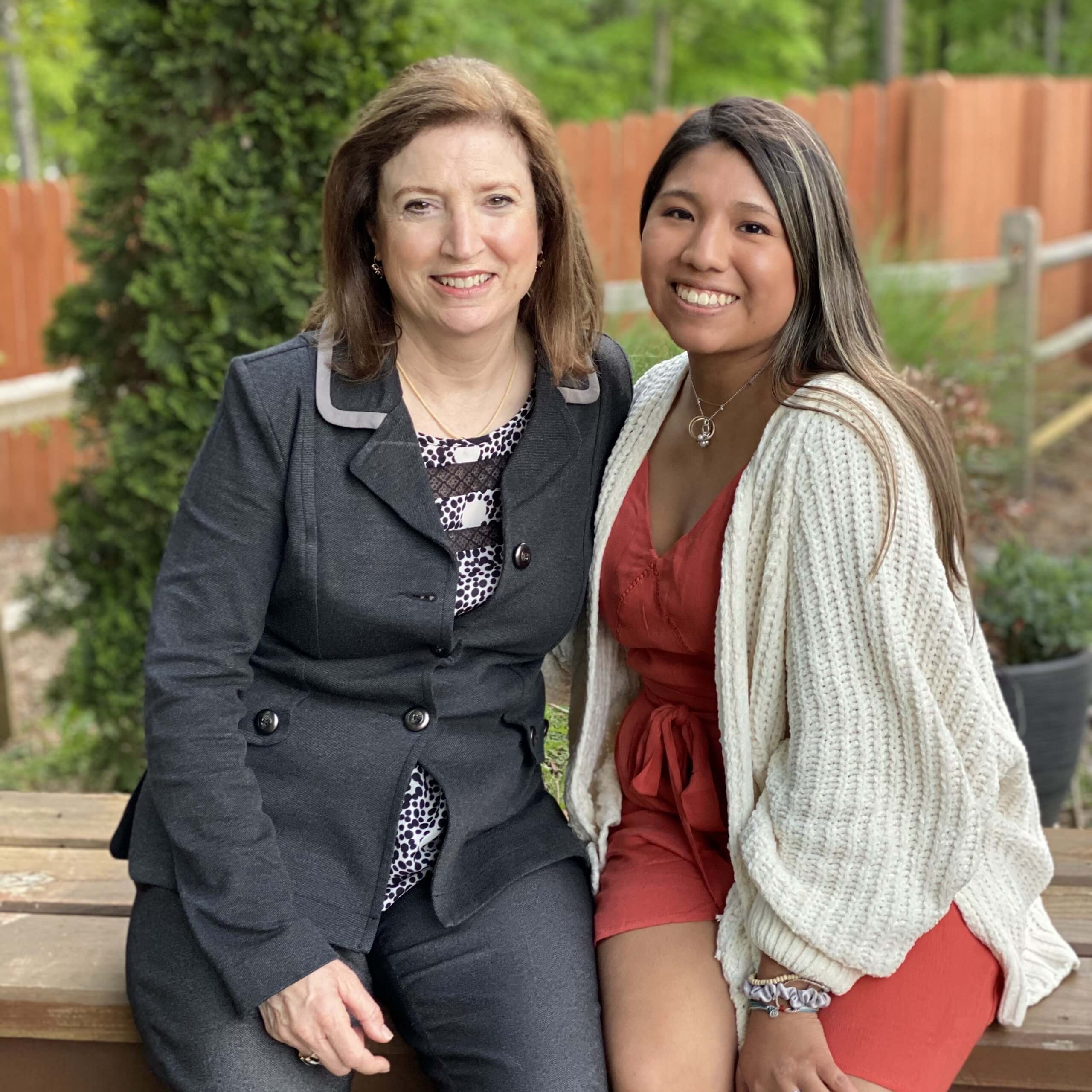 “I will never forget the look on her mother’s face when we dressed baby Allyson on the bed and left the room with her,” said Karen Perry, who is an OBGYN nurse at a major medical center. Placing a baby for adoption in 2000 for the most part meant a closed adoption. Open adoption was not common then, and information such as phone numbers and addresses were not exchanged. Thinking back, cell service and Wi-Fi were not always available in public places.
“I will never forget the look on her mother’s face when we dressed baby Allyson on the bed and left the room with her,” said Karen Perry, who is an OBGYN nurse at a major medical center. Placing a baby for adoption in 2000 for the most part meant a closed adoption. Open adoption was not common then, and information such as phone numbers and addresses were not exchanged. Thinking back, cell service and Wi-Fi were not always available in public places.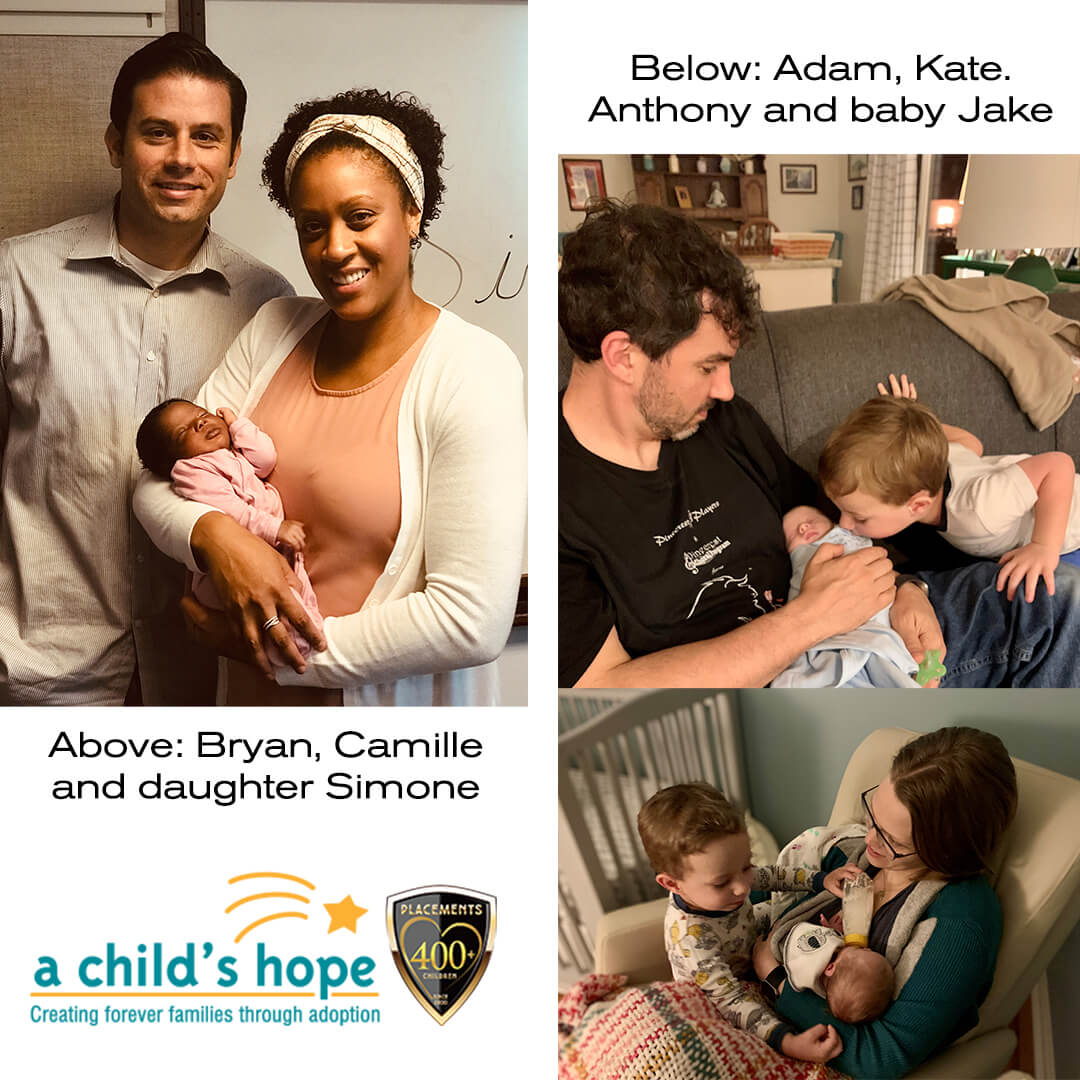

 The young married couple has served as foster parents in Montgomery County, N.C. They watched many foster children come in and out of their home from all over the state. While they loved being fostering, they desperately wanted to be parents permanently.
The young married couple has served as foster parents in Montgomery County, N.C. They watched many foster children come in and out of their home from all over the state. While they loved being fostering, they desperately wanted to be parents permanently.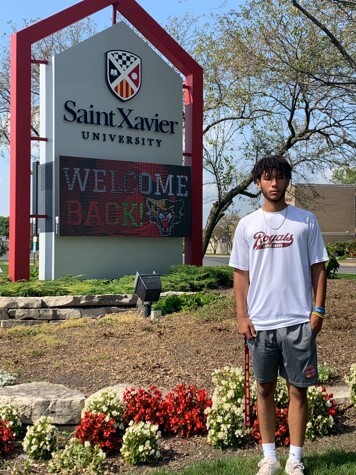 With November celebrating National Adoption Month, I cannot help but think back to the changes I have witnessed in the 20 years and 399 babies placed with loving families. Our next placement will be a milestone of 400 adoptions. Children are flourishing, several have graduated high school and are going on to college. Some are excelling in sports, others in music and art, and still others in academic pursuits.
With November celebrating National Adoption Month, I cannot help but think back to the changes I have witnessed in the 20 years and 399 babies placed with loving families. Our next placement will be a milestone of 400 adoptions. Children are flourishing, several have graduated high school and are going on to college. Some are excelling in sports, others in music and art, and still others in academic pursuits. Another change relates to privacy issues. In the early years, closed or semi-open adoptions were the norm. Now, almost all of our adoptions are “open” with birth parents and the adopting families staying connected after placement. Some of these go beyond information exchange or planned updates to include scheduled visits by the birth parents with the child and adoptive family.
Another change relates to privacy issues. In the early years, closed or semi-open adoptions were the norm. Now, almost all of our adoptions are “open” with birth parents and the adopting families staying connected after placement. Some of these go beyond information exchange or planned updates to include scheduled visits by the birth parents with the child and adoptive family.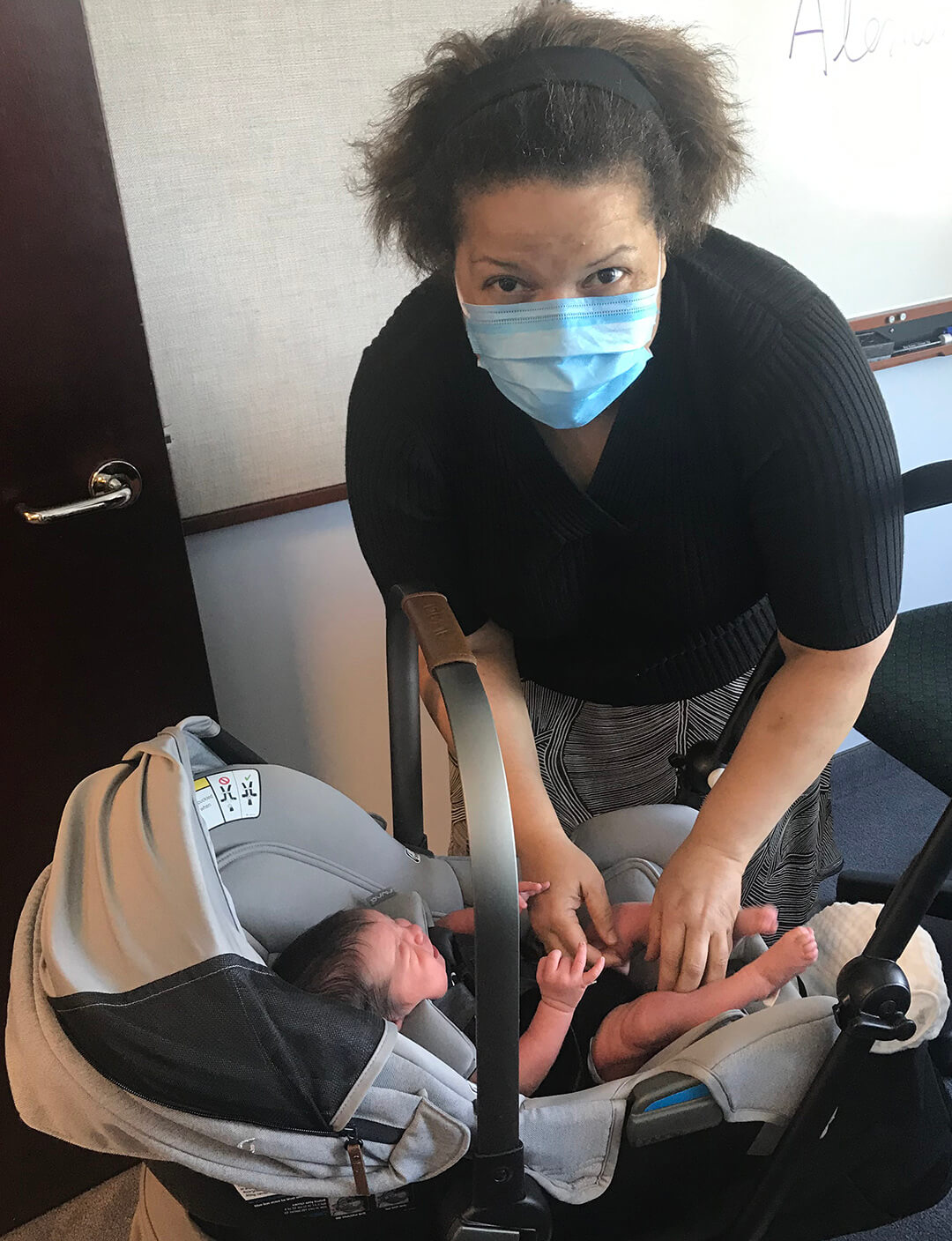 In March 2020, hospitals began restricting access to the delivery room and the baby. For four months, we struggled to get into hospitals and obtain signatures on documents. In the early days of safety protocols, we had three adoptive fathers who did not see their newborn until the baby was discharged from the hospital into the parking lot. Today, many hospitals still restrict visitation with the birth mother and baby to only one of the adoptive parents.
In March 2020, hospitals began restricting access to the delivery room and the baby. For four months, we struggled to get into hospitals and obtain signatures on documents. In the early days of safety protocols, we had three adoptive fathers who did not see their newborn until the baby was discharged from the hospital into the parking lot. Today, many hospitals still restrict visitation with the birth mother and baby to only one of the adoptive parents.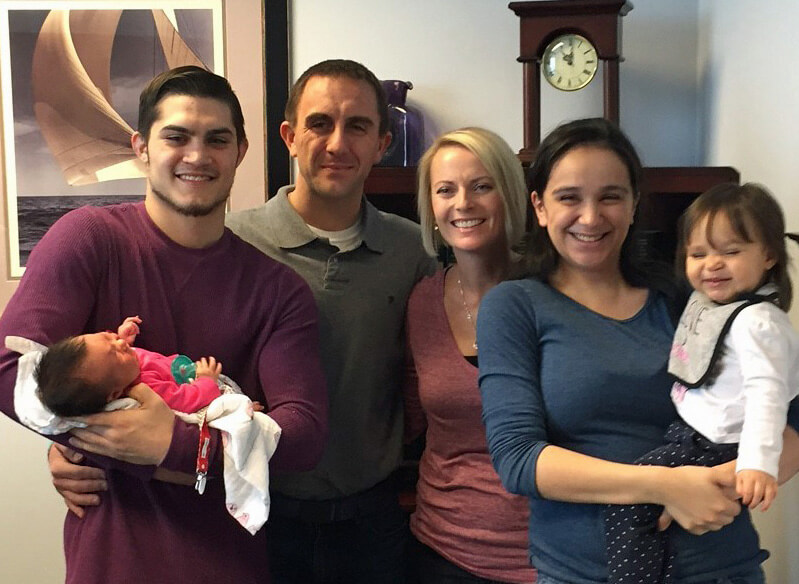 Despite the struggles of 2020, I am venturing into the new year with hope and gratitude. The world is becoming more embracing and supportive of adoption. There is greater diversity in the types of families able to adopt. Birth parents are finding comfort in the ability to stay connected with the child as they grow. And, the children are becoming remarkable human beings.
Despite the struggles of 2020, I am venturing into the new year with hope and gratitude. The world is becoming more embracing and supportive of adoption. There is greater diversity in the types of families able to adopt. Birth parents are finding comfort in the ability to stay connected with the child as they grow. And, the children are becoming remarkable human beings.